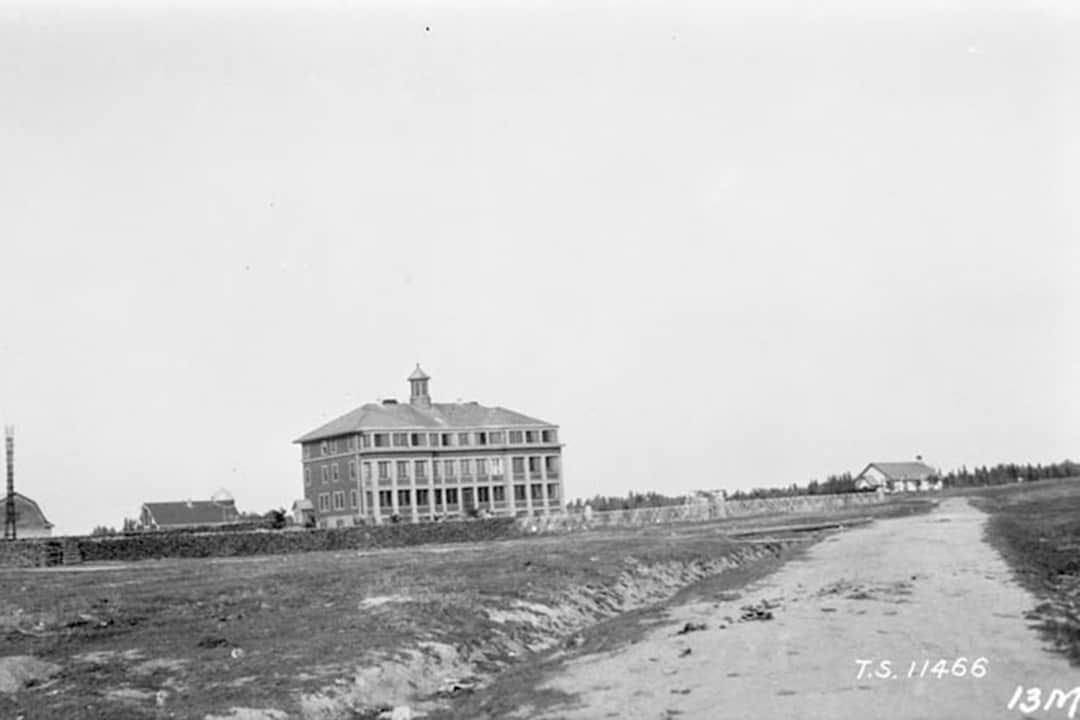When I think about the way Indigenous studies are taught in Ontario schools, I think back to an instance in grade eight where my class had to give presentations on the Métis people and Louis Riel.
I distinctly remember three of my peers continuously referring to Riel as “Lewis Rye-ell” and my teacher doing nothing to correct them. I had grown up in Winnipeg, where Riel led the Red River Rebellion in 1870, and learned about the ‘Father of Manitoba’ from the very start of my schooling. I was surprised that my classmates were not familiar with a rebellion and a man I had spent my entire elementary school career studying. I thought everyone knew about the history of Métis people.
But then I began to think about it, and I realized that I knew next to nothing about the Indigenous histories of Ontario, or Québec, or Saskatchewan. Though extensive in this specific slice, my education was severely limited to my province’s borders, which left me acutely ignorant to the rest of Canada’s history.
Many think-pieces and op-eds have recently popped up regarding how we should approach and strengthen Indigenous studies — that schools should teach languages such as Cree or Ojibwe, or that Indigenous literature should be mandatory in the curriculum — but little legislation or action has come to fruition. In fact, the exact opposite has occurred.
Last July, the Ontario Ministry of Education cancelled plans for a curriculum rewrite with more Indigenous content. The update was intended to incorporate extensive studies of residential schools and would have been spread out throughout different topics, such as geography and social studies. An initiative that would have supported Indigenous languages being taught in kindergarten was cancelled at the same time.
The International Languages Elementary Program recommends and assists in incorporating languages other than English into a school curriculum, mainly through extended school days and weekend class offerings. Not every district school board in Ontario has implemented the program, but in those that did, 30,000 students learned 53 different languages — few of which were Indigenous.
This seems extremely incongruent considering that in Ontario many Indigenous languages are at risk of being lost. According to UNESCO, three of every four Indigenous languages in Canada are critically or severely endangered, yet no movements are being taken by the government, specifically on a provincial level through the Ministry of Education, to reverse this course.
“Stripping Indigenous peoples of our languages was a deliberate policy of the residential school system, and despite a Truth and Reconciliation Commission that acknowledges this, there is yet to be any concrete action to reverse this damage,” wrote Métis author Chelsea Vowel in 2017.
Those that view language as strictly utilitarian — meant only as a tool for communication and nothing more — may suggest that since Indigenous languages are spoken by a small minority, they are not as essential as French or English.
However, it is important to consider that language is more than just a mere tool: it conveys culture and history, and it can connect — or divide — generations of people. Teaching Indigenous languages in schools could help Indigenous children feel that their identity is secure and respected, facilitating and encouraging a new generation of children to speak languages that were suppressed and attacked during the era of residential schools.
Learning Indigenous languages could also instil empathy and appreciation in non-Indigenous children.
The fact remains: Indigenous education within Canadian public school systems is inadequate. A study conducted by Emily Milne, an assistant sociology professor at MacEwan University, found that despite good intentions, teachers have difficulty teaching Indigenous studies, often misappropriating terms or making grand generalizations. Because of this, it is important that support for the integration of Indigenous content is offered by the Ministry of Education, so that regulations can be implemented to ensure that educators have adequate preparation and materials to teach these important lessons.
I am not Indigenous myself, but I lucked out in having a teacher at a very young age who was adamant on incorporating and teaching extensive Indigenous content in her curriculum, albeit limited in scope. Others who didn’t have enthusiastic teachers were left largely uninformed.
Implementing proper, respectful, and effective Indigenous content, through language, history, or literature, is essential for all schools and curriculums in Canada.


